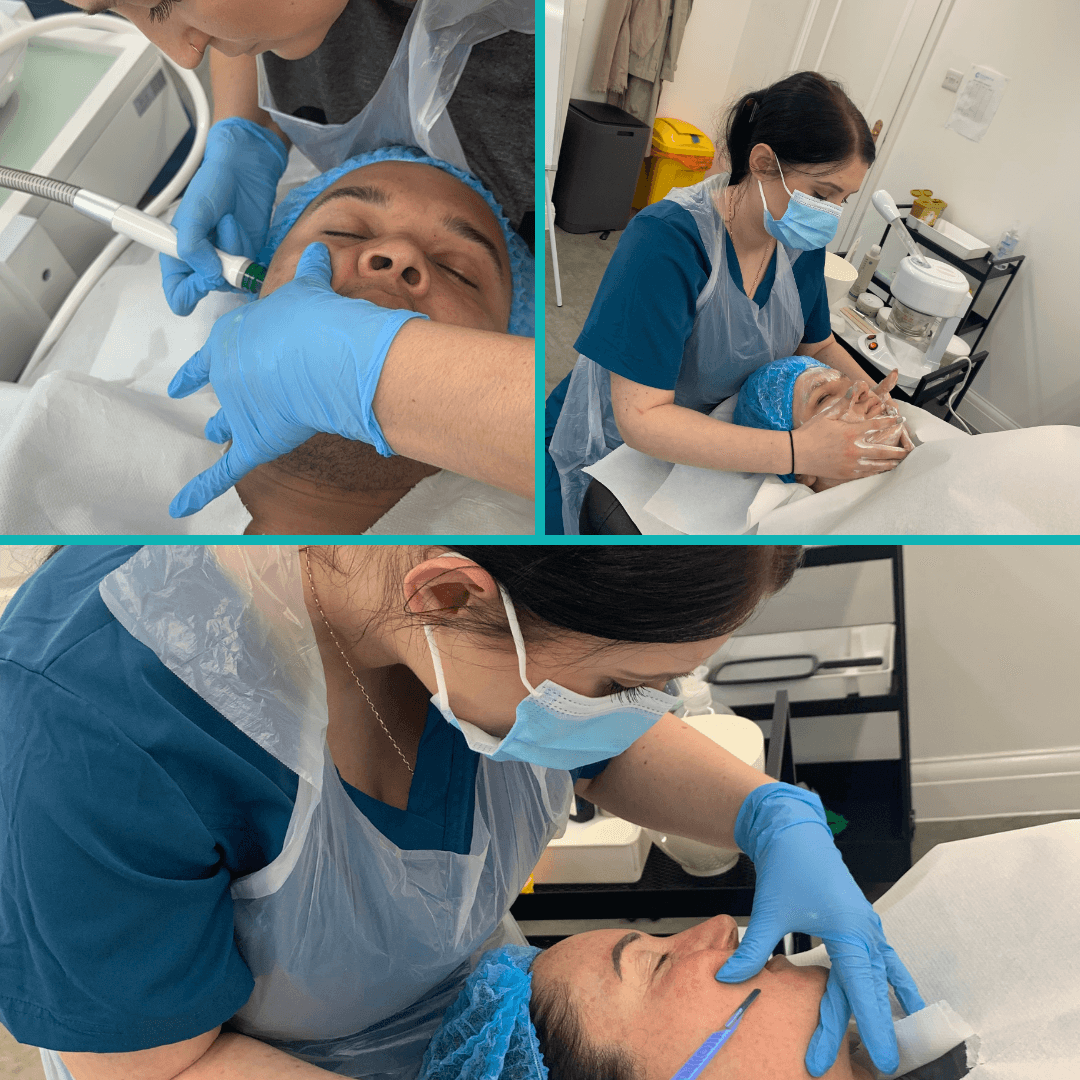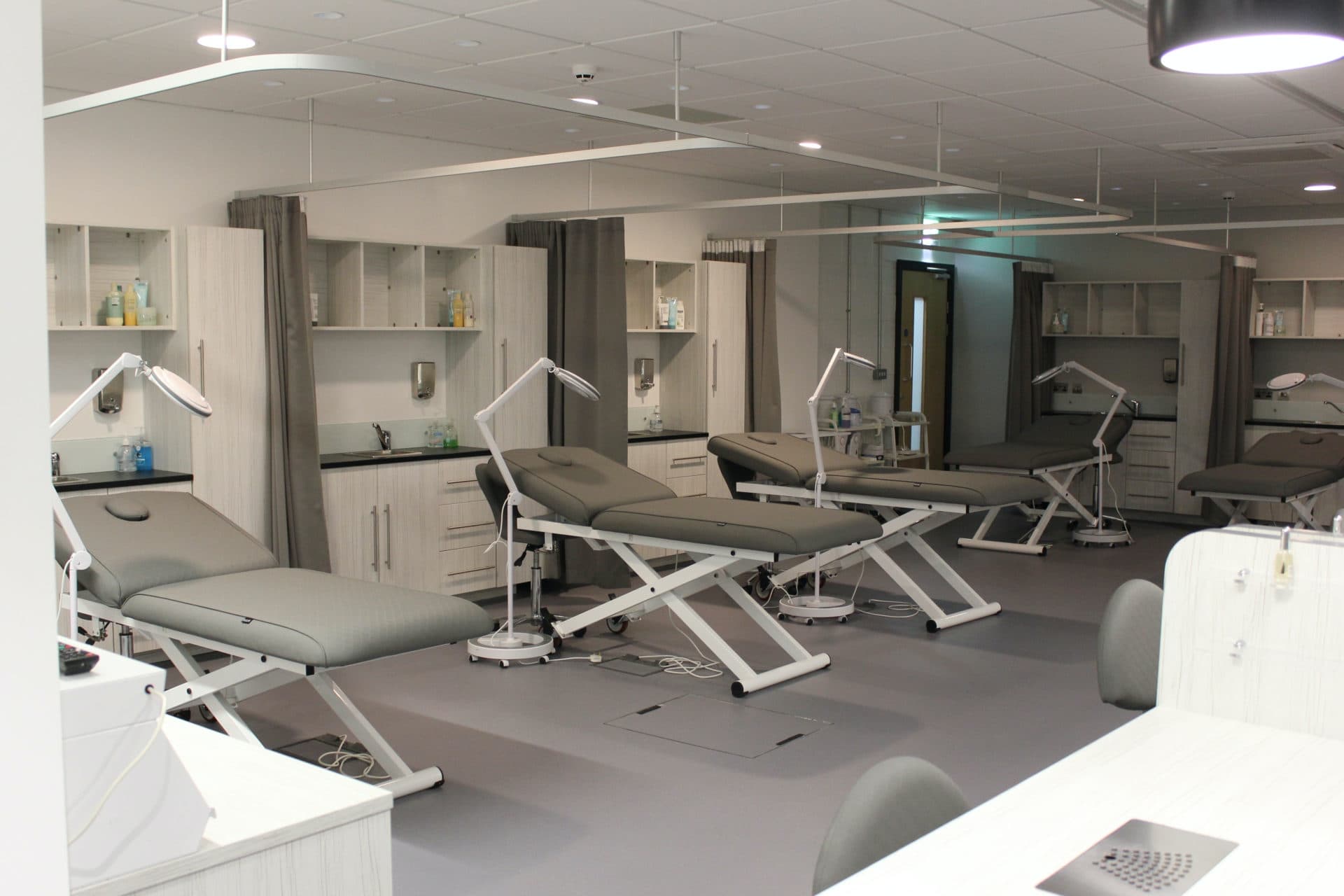
How to Become a Professional Facialist
How to Become a Professional Facialist
Embarking on a career as a professional facialist can open doors to a fulfilling and in-demand field. With the variety of facial courses available at Cosmetic College, you can acquire the necessary skills to provide exceptional skincare treatments. In this blog post, we will explore the different facials offered by Cosmetic College, highlight their differences, discuss the duration of each facial, explain the recommended frequency for follow-up treatments, delve into the qualifications required for facial training, and provide insights into the earning potential for facialists in the UK.
Different Facials Offered at Cosmetic College:
Cosmetic College provides several facial courses to cater to various client needs: Level 2 Facial and Skincare Course (VTCT): This course offers comprehensive training in fundamental facial techniques, including skin analysis, cleansing, toning, exfoliation, and mask application. It covers the essential knowledge and practical skills required to perform professional facials. Hydra Dermabrasion Facials: This course focuses on the Hydra-Dermabrasion technique, which combines exfoliation, deep cleansing, and hydration to rejuvenate the skin. It covers the use of specialised equipment to achieve optimal results. Dermaplaning: The Dermaplaning course teaches the technique of manually exfoliating the skin using a sterile surgical blade. It effectively removes dead skin cells and vellus hair, leaving the skin smooth and radiant. PRP Vampire Facial: The PRP Vampire Facial course explores the popular platelet-rich plasma (PRP) therapy, which involves using the client's own Plasma to stimulate collagen production and rejuvenate the skin. This advanced treatment can help improve skin texture, tone, and overall appearance.
Difference Between the Facials:
The Level 2 Facial and Skincare Course provides a comprehensive foundation in traditional facial techniques. Hydra-Dermabrasion Facials, on the other hand, focus on utilizing specialised equipment to simultaneously cleanse, exfoliate, and hydrate the skin. Dermaplaning involves manual exfoliation using a surgical blade, while the PRP Vampire Facial incorporates the use of platelet-rich plasma for skin rejuvenation. Each facial treatment offers unique benefits and caters to different client preferences and skincare concerns.
Duration and Frequency of Facials:
The duration of each facial treatment may vary depending on the specific techniques used and the client's needs. Generally, facials range from 30 minutes to 1 hour. The frequency of follow-up treatments depends on factors such as the client's skin condition, goals, and skincare routine. Typically, clients are recommended to schedule regular facial appointments every 4 to 6 weeks to maintain optimal skin health and address specific concerns effectively.
Prior Qualifications to Train in Facials:
For entry-level facial courses, such as the Level 2 Facial and Skincare Course, no prior qualifications are usually required. These courses are designed to provide comprehensive training from the foundational level. However, the entry requirements for attending the Platelet Rich Plasma (PRP) Facial Training Course include being a medical professional (surgeon, doctor, dentist, or nurse) with current registration, a healthcare professional, a Level 3 Beauty Therapist, or having a qualification in phlebotomy and/or microneedling. Additionally, having at least 6 months of experience working with needles is also beneficial. These requirements ensure that participants have the necessary knowledge and skills to safely and effectively perform PRP facial treatments.
Becoming a Qualified Facialist:
To become a qualified facialist, follow these steps:
Research Training Institutions: Explore reputable training institutions like Cosmetic College that offer comprehensive facial courses.
Enrol in Suitable Courses: Choose the course that aligns with your career goals and interests, such as the Level 2 Facial and Skincare Course or specialised courses like Hydra-Dermabrasion Facials, Dermaplaning, or PRP Vampire Facial.
Complete Training and Assessments: Attend all training sessions, actively participate in practical work, and successfully complete the assessments to gain the necessary qualifications
Earning Potential for Facialists in the UK:
The earning potential for facialists in the UK can vary based on several factors, including location, experience, reputation, and the type of clientele served. As a qualified facialist, you have the opportunity to work in various settings, such as beauty salons, spas, wellness centres, or even establish your own business.
On average, facialists in the UK can earn between £15,000 to £40,000 per year. However, it is important to note that this range can vary significantly depending on individual circumstances. Experienced and highly skilled facialists may have the potential to earn more, especially if they establish a loyal client base or specialise in advanced skincare treatments.
Additionally, offering additional services, such as advanced facial treatments, specialised skincare consultations, or retailing high-quality skincare products, can contribute to increased earning potential.
Becoming a professional facialist offers a pathway to a rewarding career in the skincare industry. By enrolling in the relevant courses, gaining practical experience, and continuing professional development, you can enhance your skills and provide exceptional facial treatments to clients.
Ready to boost your career? Start your training today.
Expert led industry leading training preparing students to excel in their careers

Sign up for our newsletter
Events, news and information not just for students but for the industry as a whole!
We care about the protection of your data. Read our Privacy Policy.